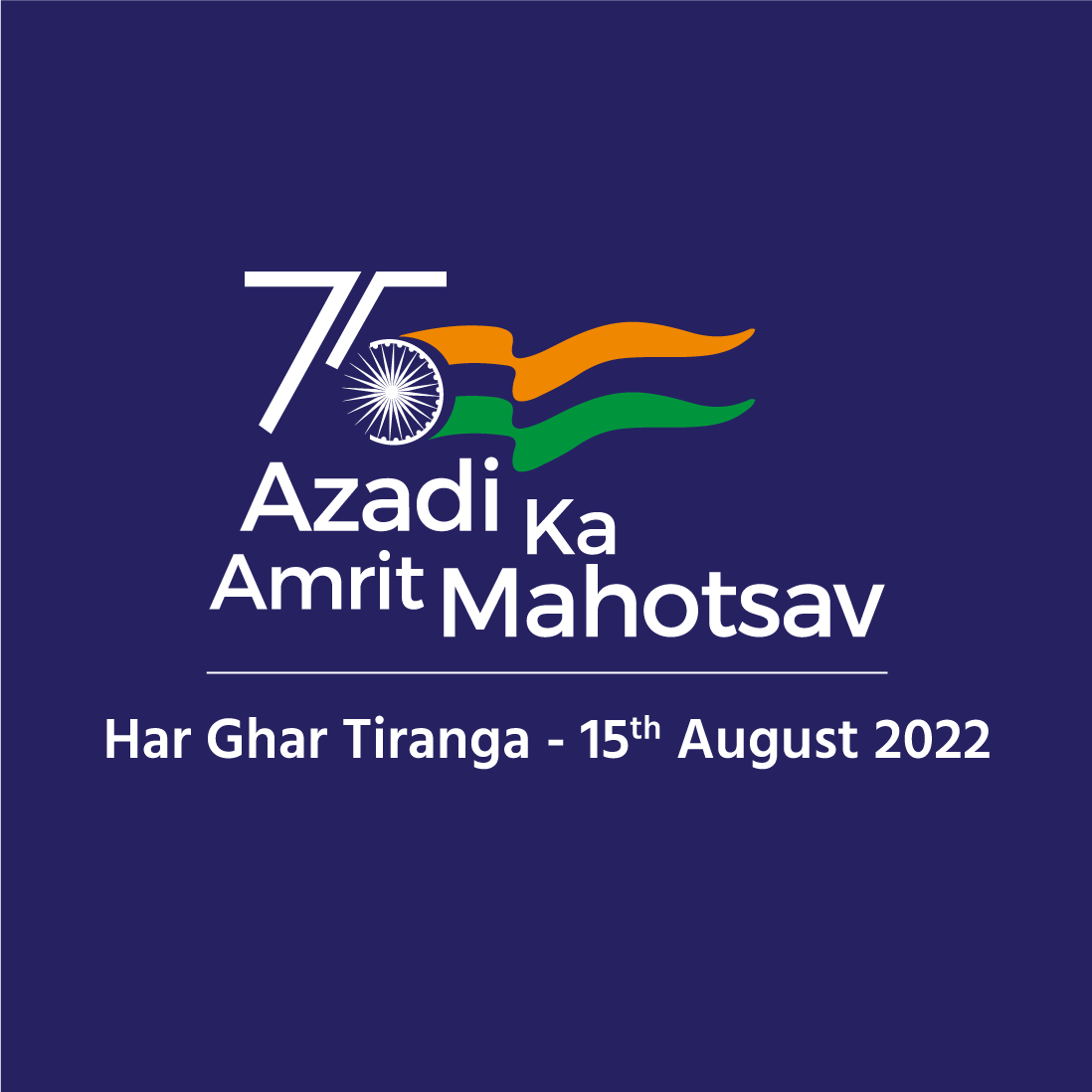
Indian Council of World Affairs
Sapru House, New Delhi'Thirty Years of the 1994 Moscow Declaration: Pluralistic States in a Changing World'
The dissolution of the Soviet Union on December 8, 1991, with the signing of the Belovezhskaya Agreement between Russia, Ukraine, and Belarus, marked a profound shift in global politics. The end of the Cold War left the United States as the pre-eminent global power, given its sustainable global reach in defence, financial, economic and security terms. It also presented significant challenges for India and Russia, requiring that both adapt to distinctly changed circumstances.
For India, a comfortable relationship with the Soviet Union, a close and trusted friend, came to an end. Also facing a major balance of payments crisis, it embarked on economic reforms envisaging liberalization, privatization and globalization, which laid the foundation for its subsequent long-term growth, while seeking greater strategic autonomy through reorienting and diversifying its foreign policy.
Meanwhile, Russia tackled the huge task of transitioning from a centrally planned economy to a market-driven one, while repositioning and redefining itself in world affairs. As the sole continuator state to the Soviet Union, Russia inherited extensive political, economic and defence linkages, but had to grapple with economic turmoil and domestic conflicts, alongside diminished global influence. Corruption, hyperinflation and rising inequality undermined public confidence in its “shock therapy” reforms. It simultaneously had to negotiate serious internal divergences, such as President Boris Yeltsin’s face-off with the Russian Parliament in October 1993 and Chechnya’s declaration of independence, besides challenges to Russian influence in its post-Soviet neighbourhood. At the same time, Russian foreign policy under Foreign Minister Andrei Kozyrev initially almost exclusively prioritized and gave prominence to its relations with the West.
The 1994 Moscow Declaration: Salient Features
As a result, ties between India and Russia languished till the adoption in 1993 of a new Treaty of Friendship and Cooperation between them, with the revival of bilateral dialogue culminating the following year in Prime Minister P.V. Narasimha Rao’s visit to Russia when the Moscow Declaration on the Interests of Pluralistic States was signed on June 30, 1994, by Prime Minister Rao and President Boris Yeltsin. The Declaration reflected the strategic appreciation by India and Russia of their situation at that moment in time in the new post-Cold War global setting which continues to be as relevant today as was then thirty years ago. It outlined the shared interests and common concerns of India and Russia as two of the largest, multi-ethnic, multilingual, and multi-religious democracies. Against the backdrop of the breakup of Yugoslavia and centrifugal tendencies elsewhere in the world at that stage, it also projected the shared challenges confronting large, pluralistic, democratic states in the post-Cold War era and highlighted the importance of their being properly addressed. The Declaration did not address the role of other States or multilateral organizations and also avoided specifying concrete timelines for achieving tangible outcomes as it sought to outline a vision.
a. Common Characteristics of India and Russia
The common characteristics of India and Russia as multi-ethnic, multilingual and multi-religious States, have underpinned the 1994 Moscow Declaration. Their commitment to safeguarding their respective pluralistic and democratic societies was projected in it as constituting part of a shared, long-term strategic vision. The Declaration appeared to outline for India the preferred path of strategic autonomy in conduct of its foreign relations, rather than swinging towards a possible excessive dependence on the West given the evolving geopolitical circumstances. It equally underscored the importance that, during a period of reduced global influence for it, Russia not merely limit itself to looking westwards, but reinvigorate its close ties with a long-standing and trusted partner such as India. Bereft of ideological overtones and highlighting strategic commonalities between India and Russia, the Declaration underscored a more pragmatic world vision at a stage when unipolar dominance by the United States characterised the immediate post Cold War era.
b. Safeguarding Pluralism
Acknowledging that ideological and other barriers to mutually beneficial cooperation were being overcome, the Declaration drew attention to emerging new challenges to the unity of pluralistic states. In this context it, in particular, identified the growing threat emanating from forces of aggressive nationalism, religious and political extremism, terrorism, and separatism, that strike at the unity of pluralistic States.
c. Guiding Principles of Democratic Societies
As per the Declaration, India and Russia being among the largest multi-ethnic, multilingual and multi-religious States, recognized their particular responsibility, along with others, in opposing threats to democracy. They affirmed their adherence to the guiding principles underlying every democratic society, such as equality, rule of law, observance of human rights, freedom of choice and tolerance. They emphasised their conviction that such principles were equally applicable to international relations, advocating in this context ‘respect for sovereignty, equality and territorial integrity of States, non-interference in their internal affairs and peaceful coexistence.’
d. Self-determination
The Declaration recalled that having exercised their right to self-determination, the peoples of India and Russia have established by law sovereign and free States, where the will of the people is expressed through participation in the process of representative democracy. Doing so, it indirectly cautioned against attempts to redefine self-determination norms.
e. Religious and Ethnic Diversity
The Declaration celebrated the coexistence of diverse religions in both India and Russia, rejecting religious exclusivism and extremism. It also highlighted the constitutional guarantees for freedom of religion existing in both States, describing them as a characteristic of their daily life. In this context they expressed their determination to protect the cultural and religious diversity of their societies, while declaring it inadmissible to arouse inter-ethnic and inter-religious hatred or to promote aggressive nationalism and religious fanaticism.
India and Russia also affirmed in the Declaration their conviction about the unacceptability of ‘destabilization of relations between ethnic or religious groups, efforts to forcibly displace them, ethnic cleansing and the promotion of internal and trans-border terrorism, motivated by vested interests.’
f. Affirming Territorial Integrity
Emphasizing their conviction that large multi-ethnic States bear a “special responsibility” for the destiny of hundreds of millions of people, India and Russia have advocated in the Declaration the unconditional observance of the principle of respect for territorial integrity and unity of the State, as a key factor of viability of multi-ethnic states. Notably, they have reiterated their support for each other’s territorial integrity “as constituted by law and enshrined in their respective Constitutions.” Asserting that the successful development of multi-ethnic and multi-religious States promoted international peace and stability, India and Russia also urged others to respect the integrity of such States.
g. Other Identified Concerns
It is also noteworthy that India expressed in the Declaration its understanding for Russia’s concern that all people residing in the former Soviet Union should have equal protection before law and their fundamental human rights, as guaranteed in democratic societies, should be safeguarded. In turn, Russia appreciated India’s efforts to strengthen social harmony, promote development and preserve its territorial integrity and sovereignty.
Circulation at the UNGA
Seeking to attract wider global attention to it, India and Russia through their Permanent Representatives to the UN in New York jointly transmitted the Moscow Declaration to the UN Secretary-General on 15 July 1994, requesting it be circulated as a document of the UN General Assembly.
Contemporary Relevance
Three decades later, the principles outlined in the Moscow Declaration continue to retain their high relevance. Its vision of protecting pluralistic societies at a time when both India and Russia were navigating global uncertainties, reinforced the strategic alignment underlying their bilateral ties. Disfavouring unilateralism, the Declaration addressed issues such as terrorism, separatism, and external interference – concerns that not only continue to resonate in contemporary geopolitics, but have grown in magnitude over time.
The signing of the 1994 Moscow Declaration also reflected the enduring strength backstopping India-Russia ties, despite persisting challenges arising out of geopolitical divergences. Indeed, the principles enshrined in the Declaration remain an important guiding force shaping both our bilateral and multilateral engagements. Couched entirely in non-ideological terms, many of the Declaration’s provisions remain as relevant today as they were when they were agreed upon three decades ago.
A Step Towards Strategic Partnership
The Joint Statement issued upon conclusion of President Vladimir Putin’s first visit to India in October 2000, recalled the Moscow Declaration of 1994 by which both India and Russia had reiterated their “support for each other’s territorial integrity as constituted by law and as enshrined in their respective Constitutions.” This specific inclusion underscored the continued importance that both countries assigned to mutual support for each other’s territorial integrity, beyond their shared commitment to tackling threats to pluralistic societies emanating from.
The Moscow Declaration of 1994 laid the groundwork for the move towards Strategic Partnership between India and Russia that was agreed upon in 1998 and referred to during the visit to India by Prime Minister Yevgeny Primakov in late 1998. It was, in turn, confirmed by the signing during the visit of President Putin to India in 2000 of the Declaration on Strategic Partnership between India and Russia, which was itself further boosted to the level of a Special and Privileged Strategic Partnership during President Putin’s visit to India in 2010.
Rooted in pluralism, mutual respect, strategic commonalities and drawing upon the deep rooted national interests of both countries, the foundational principles underlying the 1994 Moscow Declaration on the Interests of Pluralistic States retain substantial contemporary relevance for India and Russia as they and others continue to navigate a complex and evolving global geopolitical landscape.
*****
*Amb. Ajai Malhotra is former Ambassador of India to the Russian Federation. He has also served as Ambassador of India to Romania, Albania and Moldova and Kuwait.
Endnote
[1] Full text of India-Russia 1994 Moscow Declaration on the Protection of the Interests of Pluralistic States https://digitallibrary.un.org/record/193333?v=pdf















